The Holy Spirit does not exactly take control of the matter, but rather, being the good educator that He is, He gives us a lot of space, a lot of freedom, without fully abandoning us.
Pope Gregory X, promoter of the first regulated conclave (1274)
With the death of Pope Francis, spiritual leader of the Catholic Church for more than a decade, a crucial new phase opens for the Catholic world. May 7th, the conclave, the age-old rite through which the Church elects the new Bishop of Rome who will carry on Peter's succession, will begin. As per tradition, the eyes of the world will turn to the Sistine Chapel, where a simple chimney will announce - with a black or white smoke - the outcome of the cardinal's vote.
But what really happens within the Vatican walls when a pontificate comes to a close? What are the rules governing conclave and how has this moment been transformed over the centuries from a practical necessity to a symbol of continuity and discernment?
The conclave is much more than an election: it is a moment of passage, silence and anticipation, in which spirituality, tradition and strategy are intertwined in one of the most solemn rites in Christianity. It is the epicenter of ecclesiastical governance, but also a mirror of the present time. In this in-depth look at its historical origins, concrete functioning, symbolic meanings and the role it continues to play in a rapidly changing world.

The Significance of Conclave: An Election Out of Time
The term “conclave” comes from the Latin cum clave, “locked,” and indicates precisely the isolation of the cardinals in an inaccessible place during the election of the pope. It is a voluntary and solemn seclusion designed to ward off outside influences, political pressures and worldly interests. The goal is to create a space where listening to the Holy Spirit can guide the choice of Peter's successor.
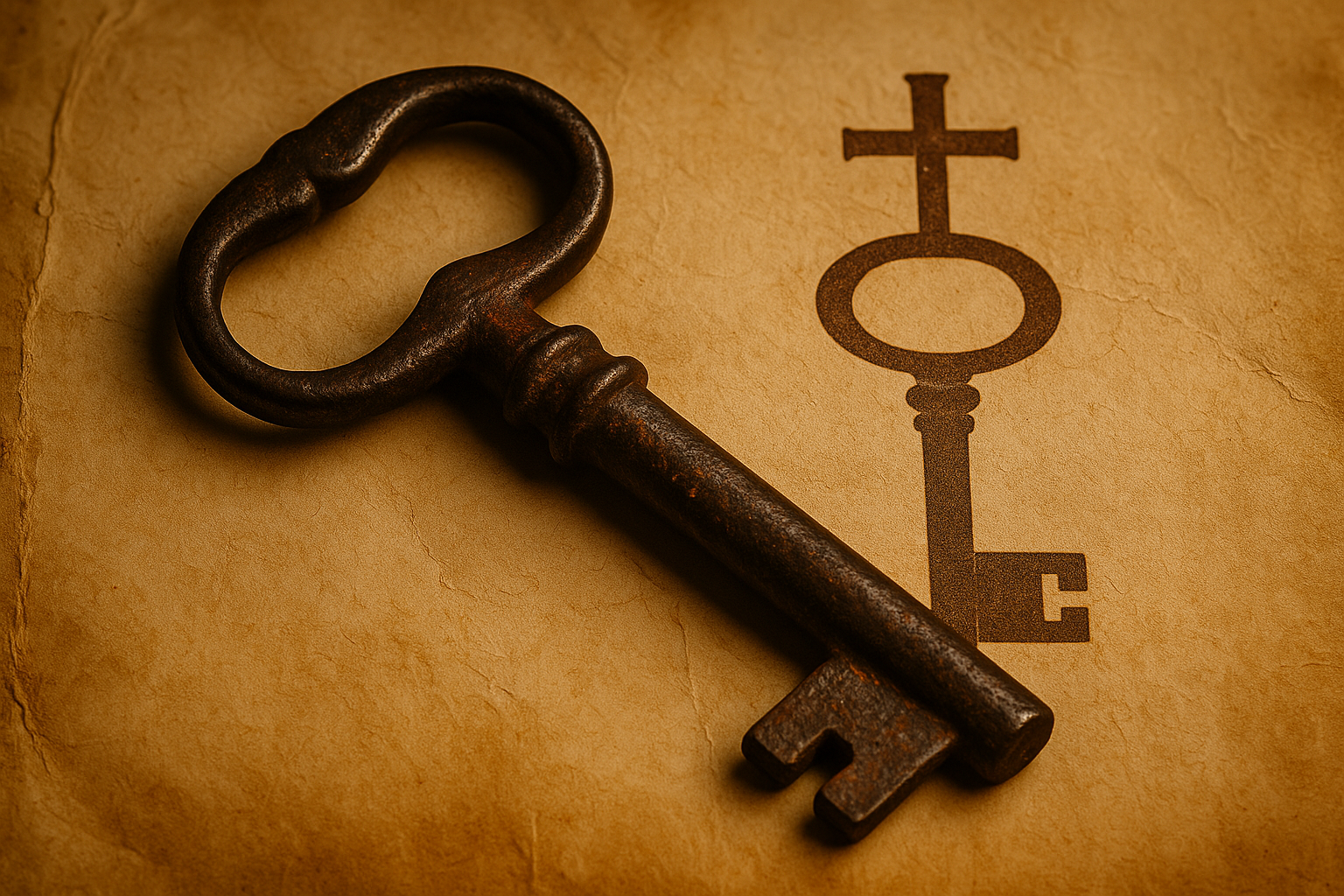
Conclave takes place during the Sede Vacante, the period between the death or resignation of the Pope and the election of the new one. During this time, all functions of ordinary government are suspended and the leadership of the Church is temporarily entrusted to the College of Cardinals. Only cardinal electors, that is, those who are under 80 years of age at the time of the vacancy of the see, have the right to vote. Their number is limited to 120, although exceptionally they may exceed this threshold.
The theological significance of papal election is most profound: for Catholics, the Pope is not a mere administrator, but the Vicar of Christ on Earth, the one who exercises the fullness of spiritual power and leads the universal Church. That is why the conclave is shrouded in a precise liturgy and rituality that goes far beyond the logic of suffrage: it is an event of communion and discernment.
Origin and History of Conclave: From the Crisis of Viterbo to the Reform of Gregory X
The need to regulate papal elections arose from one of the most embarrassing crises in Church history. When Pope Clement IV died in 1268, the cardinals gathered in Viterbo to elect his successor. But internal factions, political games between French and Italian kings, and the absence of precise legislation led to an impasse that lasted nearly three years. In the end, it was the citizens of Viterbo who took the initiative: they walled up the cardinals in the papal palace, reduced their board and - according to some sources - uncovered the roof to expose them to the elements.
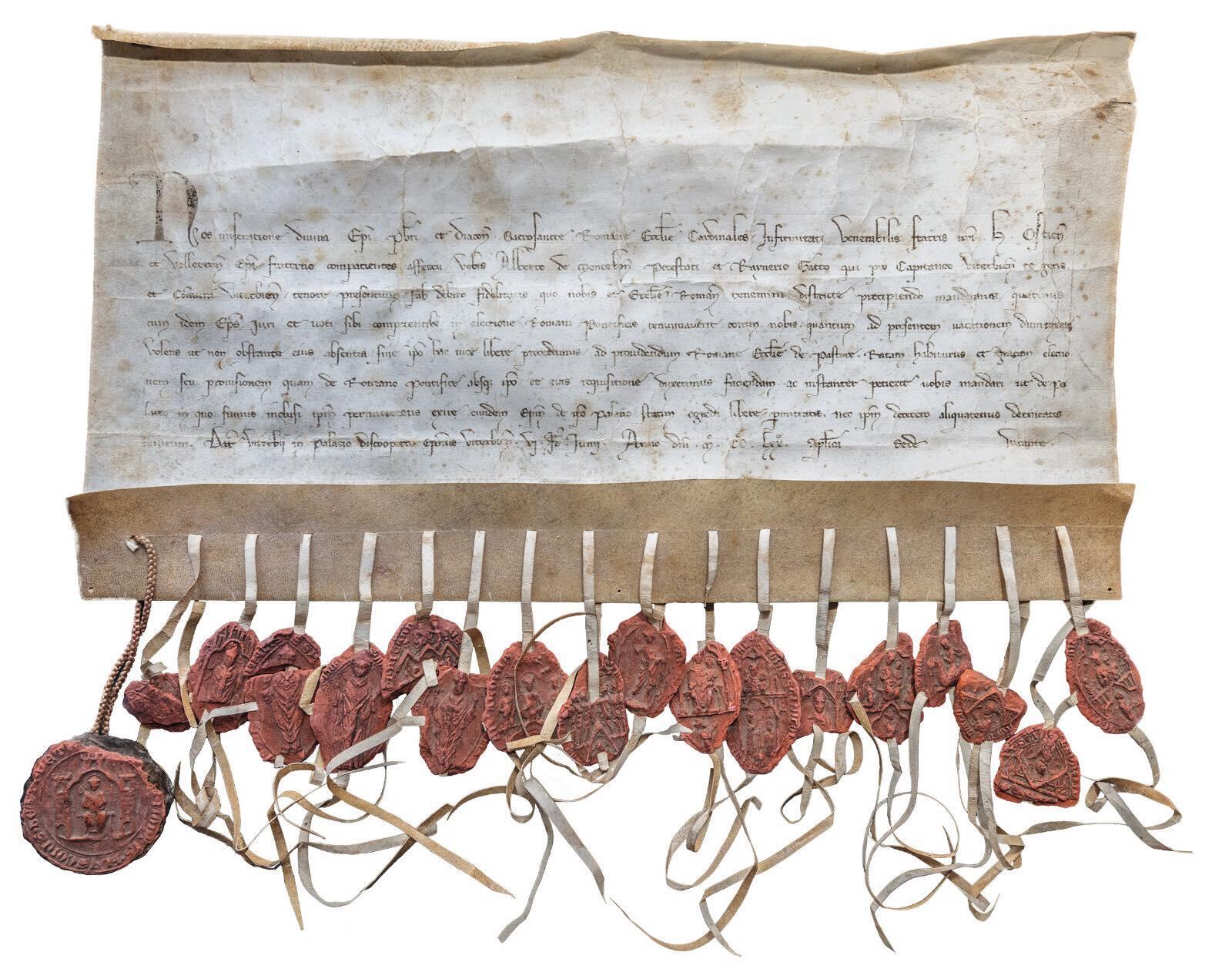
This was the only way to arrive at the election of Tebaldo Visconti, who shortly thereafter became Gregory X. The new pope, struck by the absurdity of what had happened, convened the Council of Lyon II (1274) and promulgated the apostolic constitution Ubi Periculum, which established conclave as a binding procedure for the first time:
- The cardinals were to meet within 10 days of the pope's death.
- They were to remain closed in seclusion, with no outside communication.
- Food was progressively reduced after 3 and 8 days.
- Only one room for two cardinals was provided, under austere conditions.
Despite several suspensions and modifications over the centuries, these provisions influenced all subsequent papal elections, until they became the basis of the current procedure.
Over the centuries, the conclave has gone through major transformations: from elections dominated by Roman families (such as the Borgias or the Medicis), it has moved to a more institutionalized mechanism, with the Code of Canon Law and papal constitutions defining every aspect of it today.
The Conclave Today: Rules, Stages and Symbols of Papal Election
The current discipline of the conclave is defined by the apostolic constitution Universi Dominici Gregis, promulgated by John Paul II in 1996 and updated by Benedict XVI in 2013. The process is divided into precise stages, punctuated by rituals and formalities that reinforce its symbolic and spiritual significance.
Before the Conclave
After the death or resignation of the pope, the cardinals meet in general congregations to manage current affairs and prepare for the election. A date is set for the conclave to begin, which must take place within 15 to 20 days. On the appointed day, a Mass Pro Eligendo Papa is celebrated in St. Peter's Basilica, which is also attended by the faithful.
The Cloistered Entrance
The cardinals move to the residence of Casa Santa Marta, within the Vatican walls, where they will remain for the duration of the conclave. From there, they go in solemn procession to the Sistine Chapel, singing the Veni Creator Spiritus to invoke the Holy Spirit.
Inside the chapel, one of the most iconic and symbolic gestures of the rite takes place: the Master of Papal Ceremonies utters the words “Extra omnes!” - “Out everyone!” - and the doors close. From that moment the most rigorous seclusion in the entire Catholic world begins.
The entire area of the Sistine Chapel undergoes strict controls to ensure absolute confidentiality of the conclave. Before the cardinals enter, specialized technicians perform an environmental remediation, which is a detailed electronic inspection to detect and eliminate any microphones, eavesdropping devices or unauthorized transmission instruments. In addition, the chapel is shielded with special systems that block any kind of radio, Wi-Fi or cellular signals. Cardinals are prohibited from carrying phones, computers, tape recorders or personal notes, to prevent any form of communication with the outside world during the entire course of the conclave.
Voting
The voting system is secret and highly ritualized. Each cardinal writes the candidate's name on a ballot, which is folded and placed in a silver urn. At the end of the ballot, the ballots are counted, read aloud, verified, and finally burned.
On the first ballots, a two-thirds majority is required to be elected pope. If a consensus is not reached after several ballots, changes to the quorum may be made only in special situations, as provided for in current regulations.
🎬 Did you know? Just a few months ago Conclave, the film directed by Edward Berger and based on the novel by Robert Harris, was released in theaters. Set within the secret walls of the Sistine Chapel, the film follows the tensions and background of a papal election, amid intrigue, conscience and spirituality. A unique opportunity to see the Catholic Church's most secretive and decisive moment told on the big screen.
The Smoke
The result of each vote is communicated to the world through the famous smoke from the chimney of the Sistine Chapel:
⚫️ Black, if no pope was elected
⚪️ White, if the election has taken place
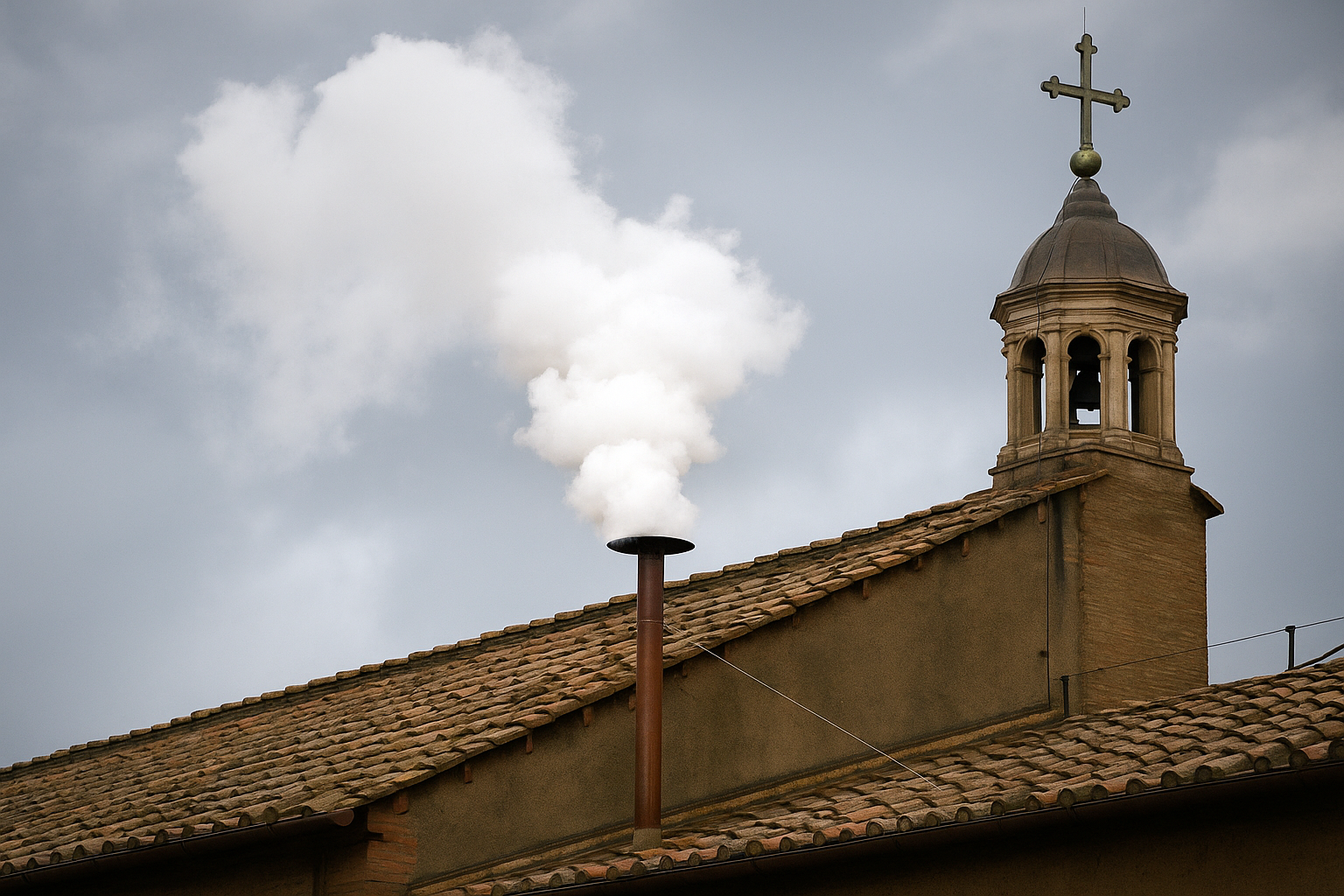
Specific chemicals are used to produce the desired color, a mix of tradition and technology.
From the “Habemus Papam” to the Universal Mission of the New Pontiff
Once the necessary majority is reached, the cardinal-elect is asked:
“Do you accept your canonical election as Supreme Pontiff?”
If the candidate accepts, a papal name is chosen, following a tradition dating back to antiquity (the first to do so was John II in 533). The name chosen is never random: it expresses a spiritual line, a historical reference, a vision of pontificate.
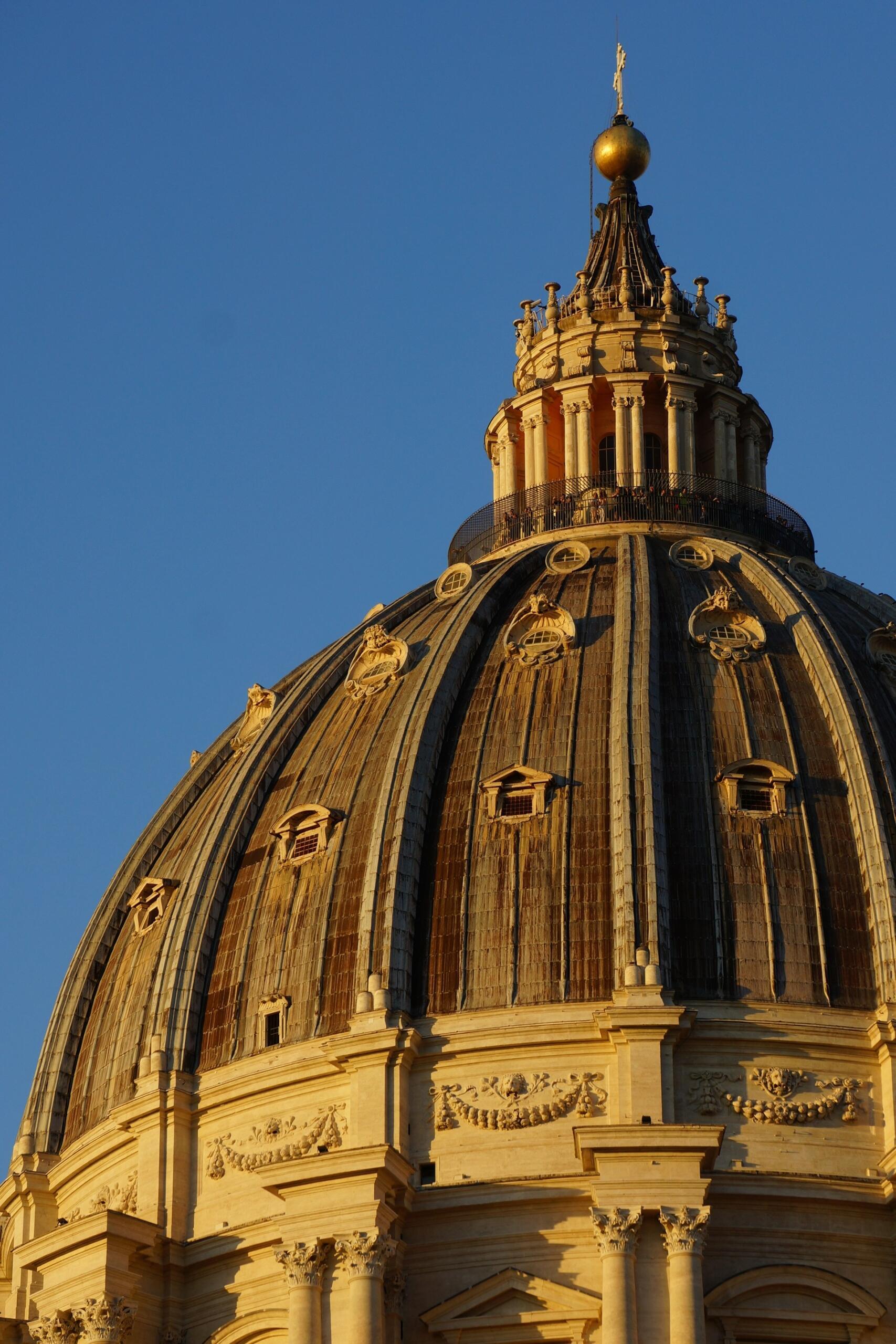
Immediately afterward, the pope is dressed in the traditional white soutane and escorted in prayer to the so-called Room of Tears, a small room behind the Sistine altar where the newly elected can intimately experience the weight of the call.
At that point, the cardinal protodeacon looks out from the loggia of St. Peter's Basilica and utters the famous formula:
“Annuntio vobis gaudium magnum: Habemus Papam!”
Millions of people gather in front of screens or in the square, the name is announced, and the new Pontiff appears, blessing the people with the words of Urbi et Orbi.
The new Pope becomes head of the Catholic Church, but also head of state of Vatican City, assuming a role that combines spiritual authority, moral power, and diplomatic ability.
VIDEO OF THE LAST POPE'S SPEECH
As we have seen, the conclave is more than just a religious election: it is an identity ritual, a transition that touches the strings of faith and those of history. Every detail, from the silence of the Sistine Chapel to the solemnity of the white smoke, is part of an age-old language that communicates order, continuity and spirituality.
In an age of algorithms and artificial intelligence, the conclave continues to operate according to human and divine rules, resisting the instinct of simplification and the logic of immediate consensus. And this is perhaps why it still fascinates today: because it stages the enigma of choice, the mystery of vocation and the fragility of leadership.














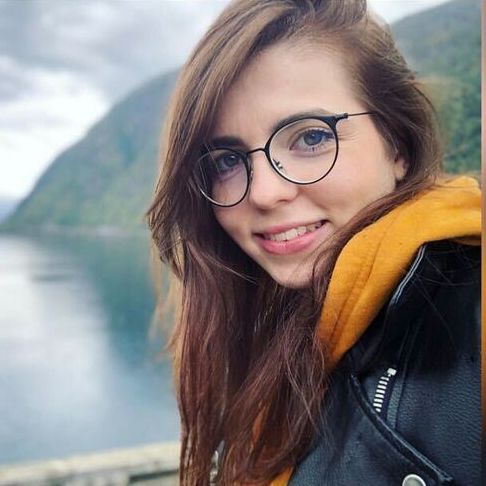

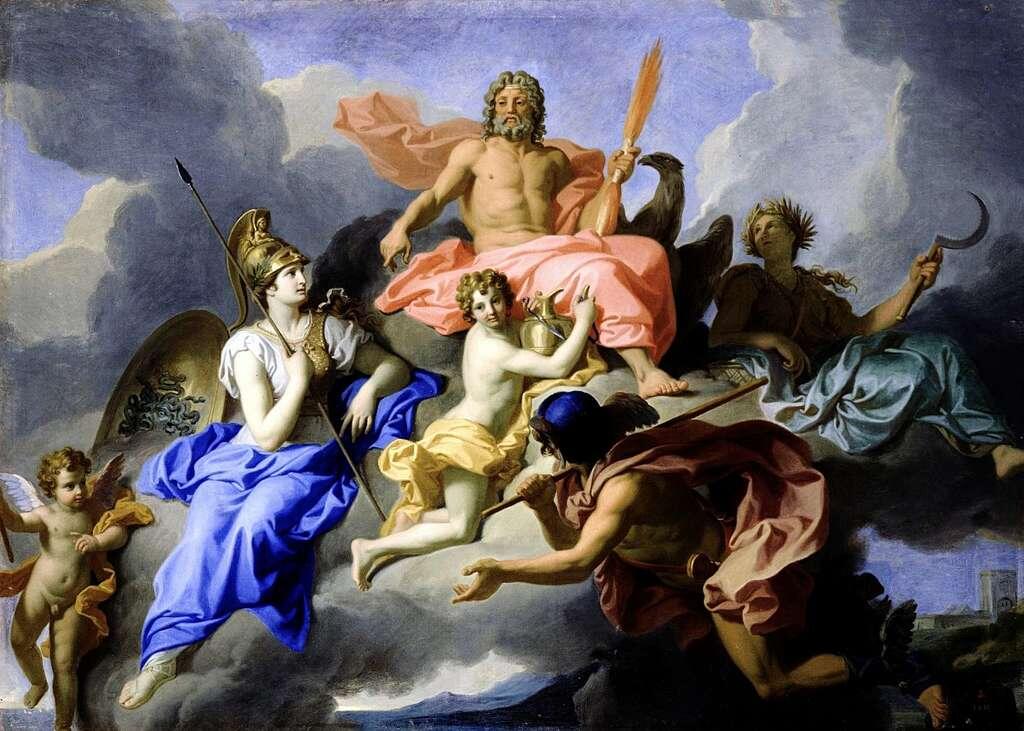
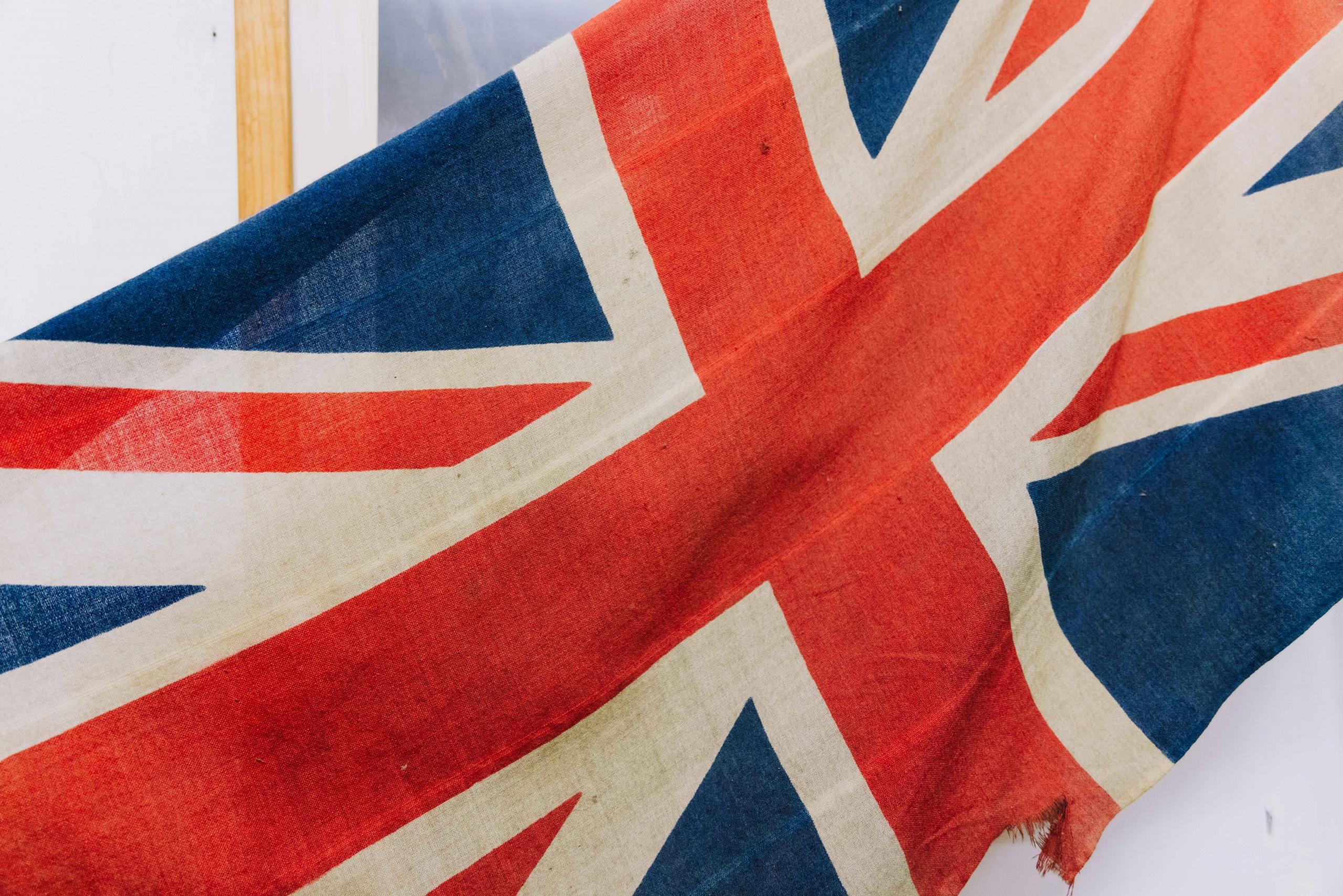
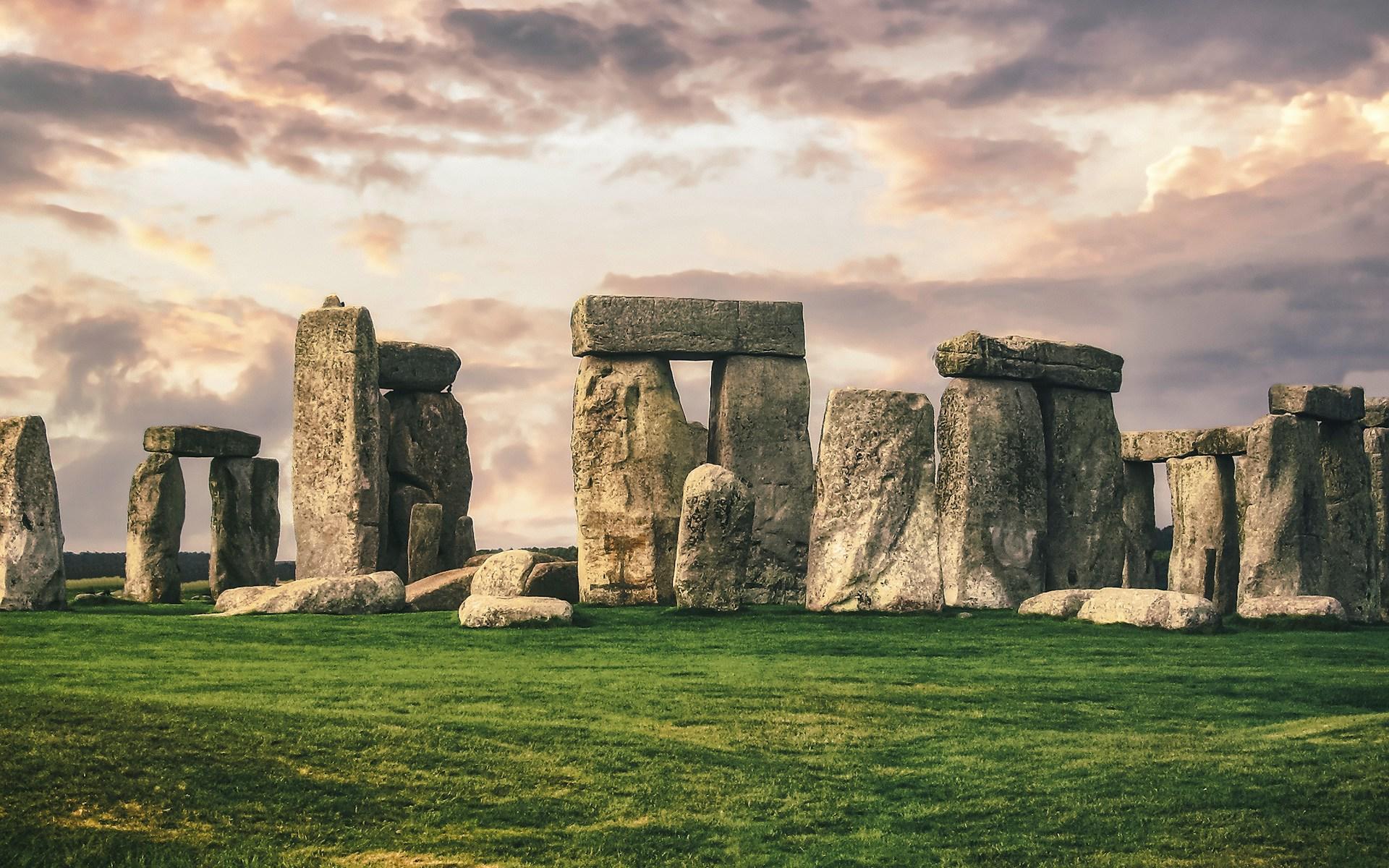

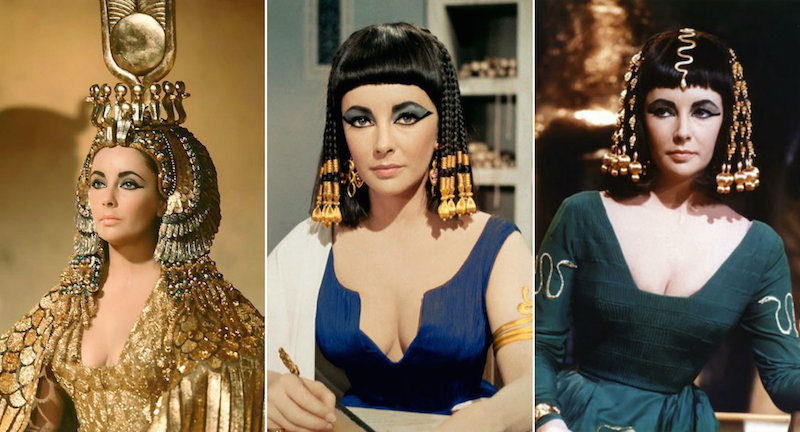
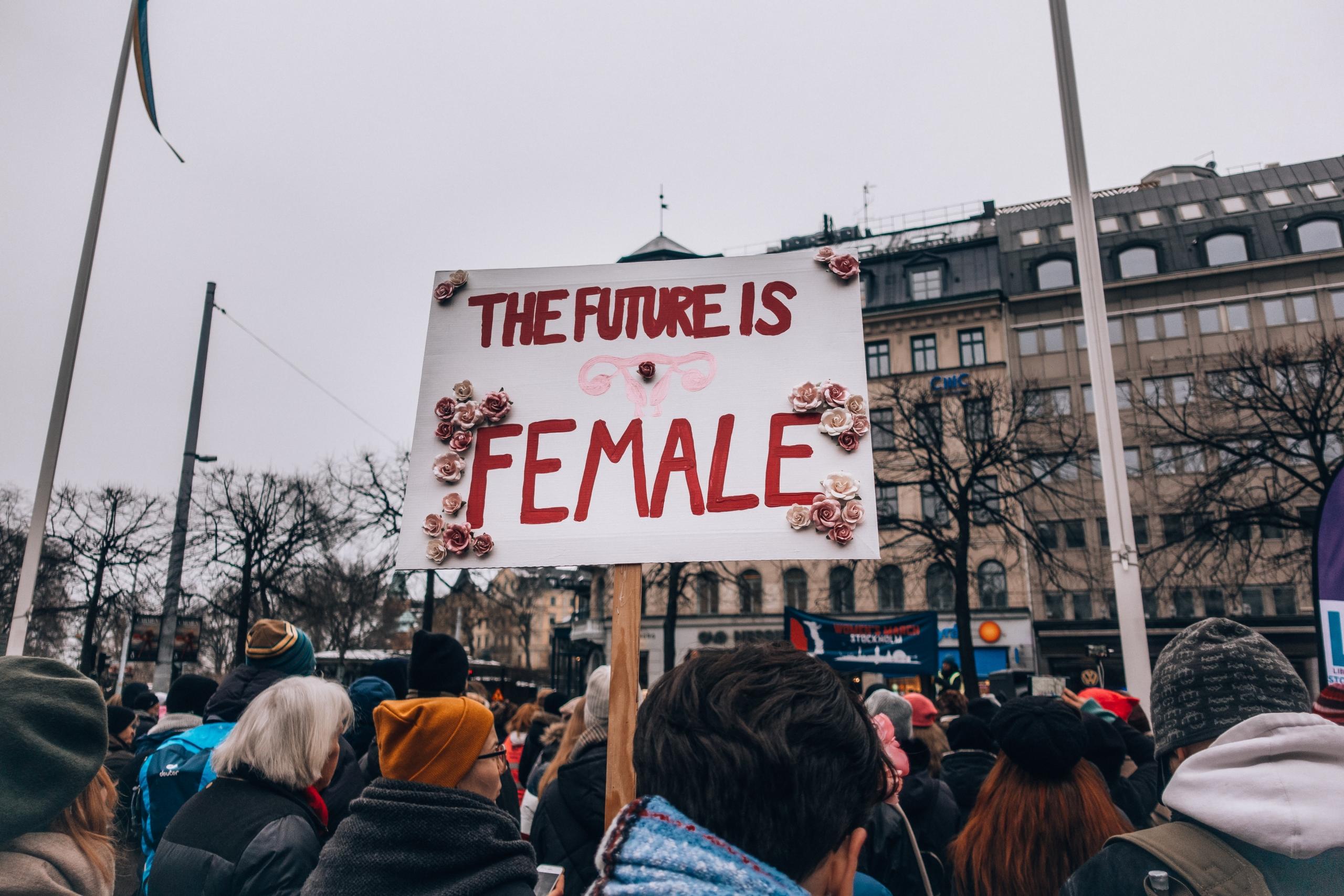


Thanks for the article! It was fun learning about the catholic church conclave. This article also provided me with some tips for my own UK accountants business, Nacstaccs blogs.
Hi David,
Thanks so much for your kind words! We’re really glad you enjoyed the article and found it both fun and informative. It’s great to hear it even sparked some inspiration for your own blog at Nacstaccs—it’s always interesting how ideas from one area can influence another! Wishing you all the best with your UK accountants business and your blogging journey.